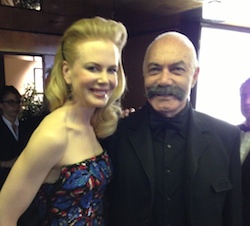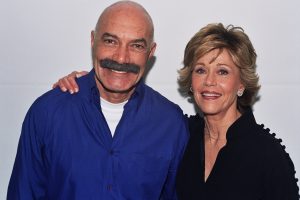In the end (aka “The Girl Was Young”)
“Young and Innocent,” Hitchcock’s film of 1937, is not one of his strongest British works, but it’s entertaining enough to hold a place in the director’s distinguished output, especially those made in the U.S.
Hitchcock’s “Young and Innocent” was based on a novel by Josephine Tey, adapted to the big screen by Tey and Charles Bennett.
A variation on the themes and structure of Hitchcock’s British chase films, especially “The 39 Steps,” which is far superior, “Young and Innocent” also concerns the recurrent theme of an innocent man, wrong accused.
Robert Tisdall (Derrick De Marney) finds himself in a “39 Steps” situation when he is wrongly accused of murder, the strangling of a woman, who had left him money in her will.
“Young and Innocent” begins with a heated argument, shot in close-ups, between a man and a woman, whose identity is not revealed. In the next scenes, her body washes ashore with a belt of a coat next to her corpse (Similar scene would appear in Hitchcock’s 1972 “Frenzy, with a corpse of a strangled woman found in the Thames, and a tie replacing the coat’s belt).
While a fugitive from the law, De Marney is helped by the film’s heroine Nova Pilbeam, as Erika, the daughter of the chief police inspector.
Most of the story consists of driving (and chase) scenes, as the couple travels through the countryside of England, eluding the comically incompetent police. During their stops (in a motel, coffee shop, farm house, mill, train station), they encounter representatives of every walk of society (truly a cross-section), a narrative structure similar to that of “The 39 Steps,” “Saboteur, “North By Northwest,” and other Hitchcock films.
This was the second appearance of the charming Pilbeam, who three years earlier had played the adolescent kidnap victim in Hitchcock’s 1934 “The Man Who Knew Too Much,” which he would remake with an American cast (James Stewart and Doris Day) in 1956.
As usual, the tale contains the “fish out of water” scene, in which the couple (now romantically involved) are briefly slowed down by a banal everyday event, which occurs in the film’s last reel, during a child’s birthday party.
The actual villain, whose identity is suggested early on, is played by George Curzon, who suffers from a twitching eye.
Curzon’s revelation during an elaborate nightclub sequence, which occupies about 10 minutes of the film’s short running time (only 84 minutes), is a Hitchcockian tour de force, a technical virtuoso sequence of a dolly and a forward tracking shot, which would become one of the director’s signature stylistic devices.
In this elegant forward track, the camera moves fast through a crowded dance hall, with the central couple and others dancing. It searches for a murderer, ending with a close-up on the drummer’s nervously twitching eye. That the killer is a blacked faced musician makes it all the more spooky.
The film was initially released in the U.S. as “The Girl Was Young” (a title Hitchcock did not like).
Cast
Nova Pilbeam as Erica Burgoyne
Derrick De Marney as Robert Tisdall
Percy Marmont as Col. Burgoyne
Edward Rigby as Old Will
Mary Clare as Erica’s Aunt
John Longden as Inspector Kent
Credits
Running time: 84 Minutes.
Released in the U.S. on February 17, 1938.
DVD: July 30, 2002










